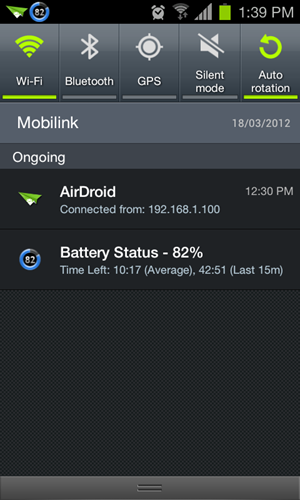Adobe has launched Photoshop CS6 Beta for you to test out.
It’s available as a free download from the source link below and once
installed will greet you with loads of new features and improvements.

Right off the bat, you’ll notice that the user interface of the new
Photoshop has been redesigned. Gone is the default light theme of the
application and replacing it is a darker styled look, which Adobe says
creates a more distracting-free environment to work in.
Don’t despair, though, because you can choose between four different
color presets for the UI, in case the dark theme doesn’t suite your
liking.
The Adobe team hasn’t stopped there. About 1800 icons and 250 cursors
have been redesigned to give the old dogs a completely fresh experience
and help newcomers navigate more easily.
But new looks isn’t the only weapon in Photoshop’s arsenal. There are
a ton of little additions which boost performance such as “rich
cursors”, which display various information like angle of rotation,
dimensions and other parameters.

Speaking of performance improvements, you can now save a document and
continue working on other files as the saving progresses. Additionally,
you can set Photoshop CS6 to automatically save files at some interval.
Let’s get on with some new functionality that has been introduced.
The most curious among them is the Content-Aware move tool. We already
showed you a demo of how it works and you should check it out.
Another new addition is the Blur Gallery. As its name suggests, it
brings new blur tools, which help you make quick blurs on various
photos. It’s accessed via the Filter > Blur menu and you have
different options and sliders like Field Blur, Iris Blur, Tilt Shift
that would hopefully get you that longed for bokeh effect that
wide-aperture lenses offer.

Photographers will appreciate the new Camera Raw 7. it uses Process
Version engine 2012 and features updated and tweaked algorithms.
The Crop tool has seen some improvement as well. Now, when you select
it, a crop is automatically made around the entire image and when you
move it, the image behind the crop gets moved and not the crop itself.
If this new behavior isn’t to your liking, you can choose Classic mode
option, which reverts it.
Adobe has packed updated video support in Photoshop CS6 and now you
can mute audio tracks, use the Text tool on videos and create various
transitions and fades. This will undoubtedly save designers and
photographers some serious cash for those times when they need to
quickly edit some videos.
Adobe has listened to multiple users requests and has implemented
more than 60 different little JID (Just-Do-It) features including quick
insertion of Lorem ipsum dummy text and increase in brush size up to
5000px. If you have any constructive suggestion for the final release of
Photoshop CS6, you should drop Adobe a line. They might listen.
The pricing of the latest Photoshop hasn’t changed. It’s standalone
version will cost $699, while the extended version will retail for $999.
If that is too steep for you, you can always use the
subscription-based purchase of the whole Creative Suite 6 when it comes out.
There are so much updates, improvements and tweaks in the new version
of Photoshop that we don’t have time to list them all. To check them
out, see the second source link below.
Source |
Source (2)



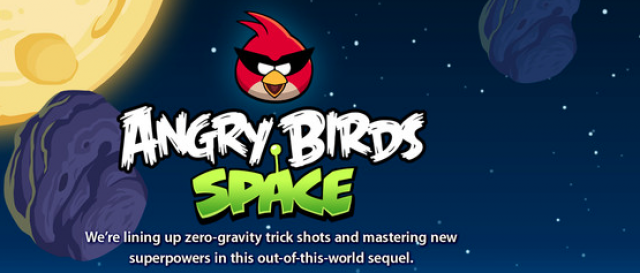


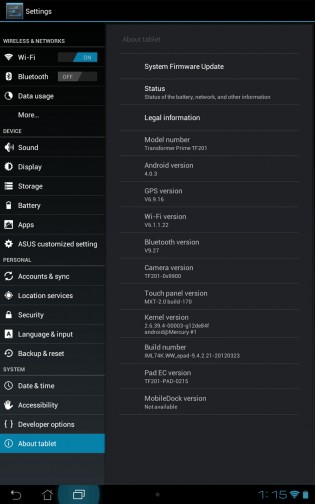
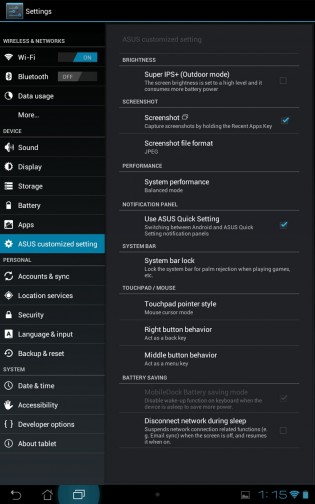






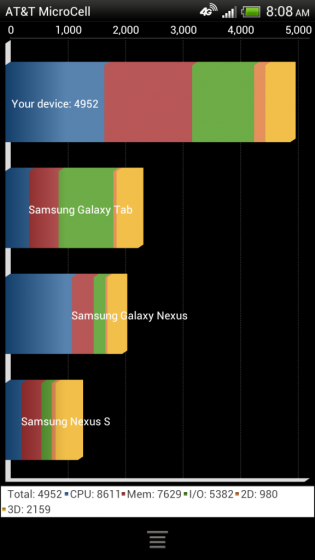
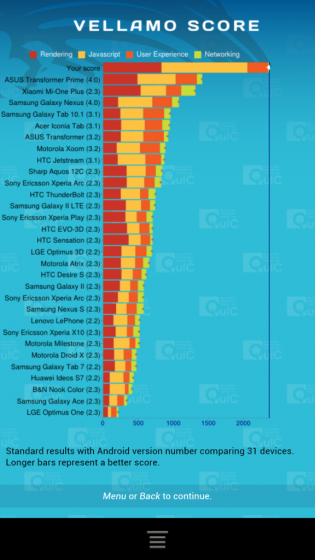




 The Nokia N9 has been dipping its toes into Android waters for a while now, we even got
The Nokia N9 has been dipping its toes into Android waters for a while now, we even got 


 Another
day, another Samsung Galaxy S III leak. Today we've got a live photo
that's allegedly depicting the Samsung I9300 Android smartphone. The
model number has previously been associated with the next Samsung
flagship, though there's no confirmation that this is in fact the Galaxy
S III.
Another
day, another Samsung Galaxy S III leak. Today we've got a live photo
that's allegedly depicting the Samsung I9300 Android smartphone. The
model number has previously been associated with the next Samsung
flagship, though there's no confirmation that this is in fact the Galaxy
S III.














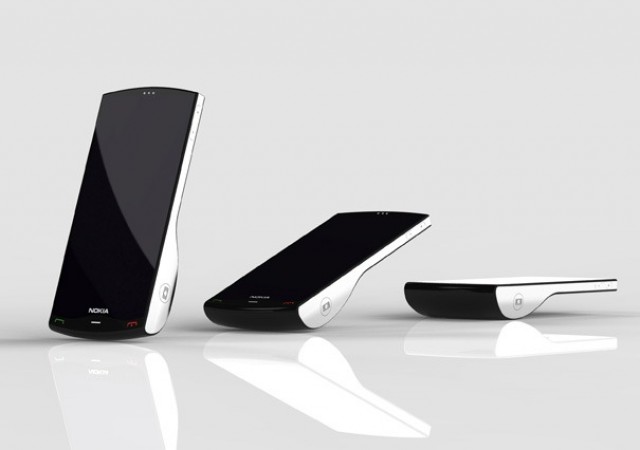
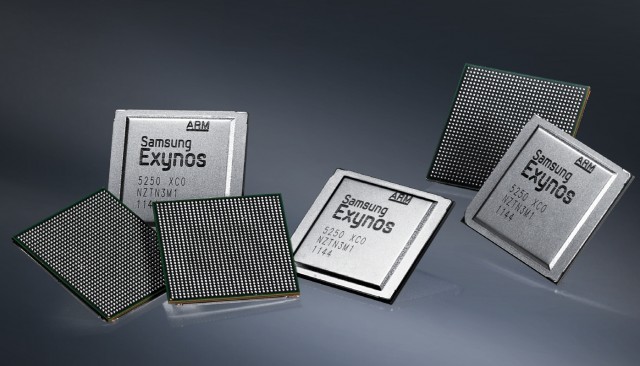
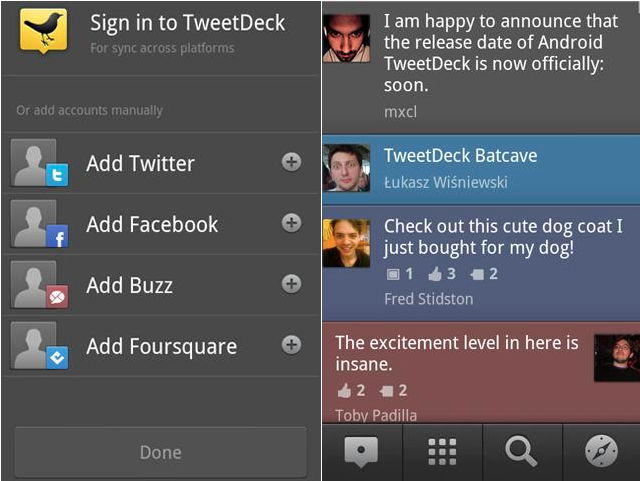

 The carrier-subsidized prices of the
The carrier-subsidized prices of the 


